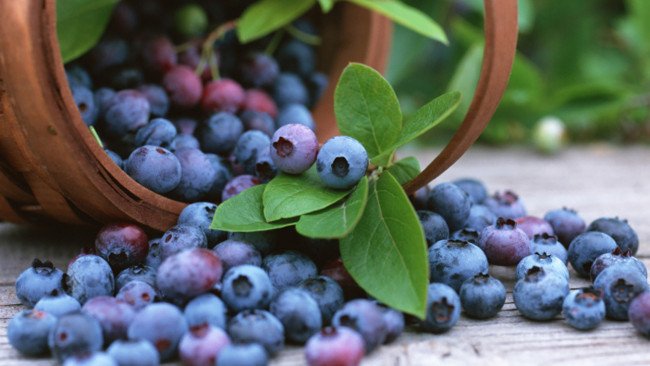Growing your own superfruits at home isn’t just a hobby—it’s a gateway to nutritious, fresh produce right from your backyard. In recent years, more people have discovered the incredible benefits of cultivating these nutrient-packed fruits, transforming their gardens into personal superfruit havens.
Why Grow Superfruits at Home?
Home gardening offers numerous advantages that extend far beyond simply having fresh fruit at your fingertips. By growing superfruits, you gain:
- Complete control over pesticide and fertilizer use
- Significant cost savings compared to store-bought produce
- Access to ultra-fresh, peak-nutrition fruits
- A rewarding and sustainable hobby
Top 6 Superfruits for Home Cultivation
1. Blueberries: The Antioxidant Powerhouse
Blueberries are perhaps the most beginner-friendly superfruit. These compact plants thrive in containers or garden beds and produce abundant berries packed with antioxidants. They require acidic soil (pH 4.5-5.5) and prefer full sun exposure.
Pro Tip: Plant at least two blueberry varieties to ensure cross-pollination and maximize fruit production.
2. Goji Berries: The Himalayan Superfruit
Native to Asia, goji berries are incredibly resilient and can grow in challenging environments. These bright red berries are renowned for their high vitamin C content and potential immune-boosting properties. They’re drought-tolerant and can adapt to various soil conditions.
3. Pomegranates: Mediterranean Marvels
If you live in a warm climate, pomegranate trees can be an excellent addition to your garden. These stunning plants produce fruits rich in antioxidants and have ornamental value. They require minimal maintenance and can tolerate temperatures up to 100°F.
4. Acai Berries: Tropical Nutrition
While challenging to grow outside tropical regions, dedicated gardeners can cultivate acai palms in greenhouse environments. These berries are famous for their exceptional antioxidant profile and potential metabolic benefits.
5. Amla (Indian Gooseberry): Immune System Booster
This lesser-known superfruit is incredibly rich in vitamin C and has been used in Ayurvedic medicine for centuries. Amla trees are relatively low-maintenance and can produce fruit within 3-4 years of planting.
6. Mangosteen: The Exotic Superfruit
Often called the “queen of fruits,” mangosteen requires specific tropical conditions. While challenging to grow, dedicated gardeners in appropriate climates can successfully cultivate these delicious, nutrient-dense fruits.
Essential Gardening Tips for Superfruit Success
Regardless of the superfruit you choose, several universal principles apply:
- Soil Preparation: Invest time in understanding your soil’s pH and nutrient composition
- Sunlight: Most superfruits require 6-8 hours of direct sunlight daily
- Watering: Develop a consistent watering schedule tailored to each fruit’s specific needs
- Organic Pest Control: Use natural methods like neem oil and companion planting
Common Challenges and Solutions
Home gardeners might encounter challenges like pest infestations, disease, or unsuitable growing conditions. The key is patience, research, and adaptability. Consider joining local gardening groups or consulting expert resources for specific guidance.
Getting Started: Your Superfruit Journey
Begin by selecting 1-2 superfruits that align with your climate and gardening experience. Start small, learn from each season, and gradually expand your superfruit garden.
Remember, growing superfruits is more than just producing food—it’s about connecting with nature, improving your health, and enjoying a rewarding gardening experience.





